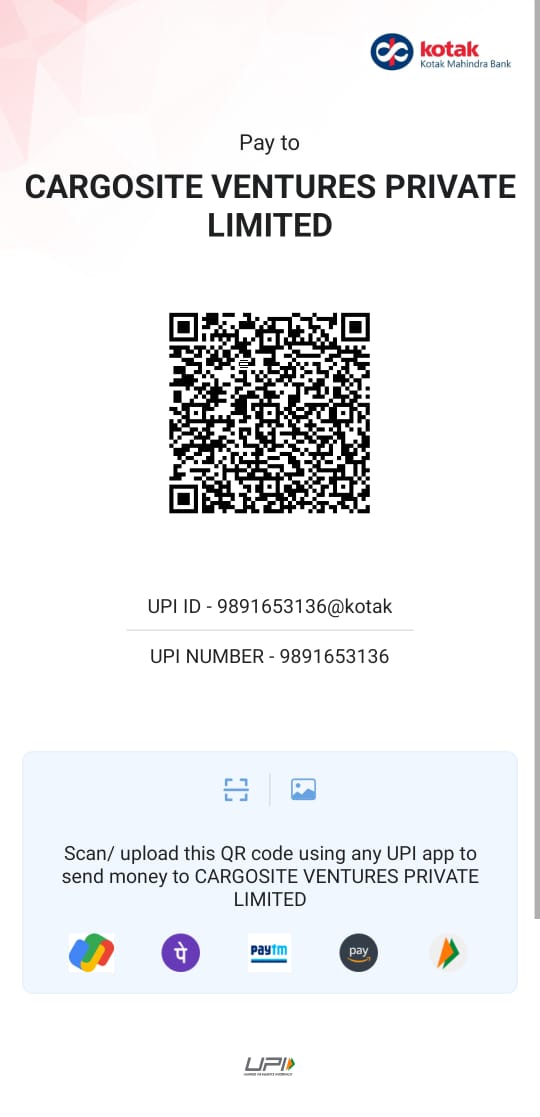Circular No.15/2012-Customs
F.No.450/20/2007-Cus.IV
Government of India
Ministry of Finance
Department of Revenue
Central Board of Excise & Customs
227-B, North Block,
New Delhi-110001
13
th
June, 2012
To
All Chief Commissioners of Customs / Customs (Prev.).
All Chief Commissioners of Customs & Central Excise.
All Commissioners of Customs / Customs (Prev.).
All Commissioners of Customs & Central Excise.
All Director Generals under CBEC.
Sir/ Madam,
Subject: Review of Risk Management System (RMS) - regarding
.....
As you are aware Self Assessment has been introduced vide Finance Act 2011. This marks a major change in the system of
assessment of customs duty of imported and export goods. Self Assessment is trust based control with more reliance on
declarations of the importer and exporters.
2. In order to implement self assessment effectively and to ensure its benefits to the trade, Board decided that current
facilitation level under RMS should be enhanced significantly. Accordingly vide Board Circular 39/2011-Cus dated 2.09.2011 it
was decided to enhance facilitation level up to 80%,70% and 60% in case of air cargo complexes, ports and ICDs respectively
by rationalizing risk rules and risk parameters.
3. Risk Management Division has since carried out rationalization of risk parameters and it is reported that facilitation
level of Bills of entry has been enhanced appreciably. This means that that more and more numbers of Bills of Entry are not
subjected to examination and assessment.
4. Higher facilitation at the same time has led to a need for more scrutiny of Bills of Entry at Post Clearance Audit
(PCA)/Post-Clearance Compliance Verification (PCCV) stage. It is therefore felt that percentage of Bills of entry selected for
PCA need to be enhanced by concerned field formations. RMD has also reported that all Chief Commissioner should ensure
that higher percentage of facilitated Bills of Entry should be subject to Post Clearance Audit/PCCV.
5. Board has also introduced 'On Site Post Clearance Audit' (OSPCA) vide Circular No 47/2011- Cus dated 21.10.2011.
The Scheme currently covers ACP importers only. It was decided that in respect of ACP importers covered under OSPCA,
transaction based PCA in vogue since 2005 after introduction of RMS should be phased out. However in respect of other
importers, the same should continue to be operational.
6. Board is therefore of the view that till the time OSPCA is made applicable to other categories of importers, the
percentage of Bills of Entry selected for PCA at a Customs house should be suitably enhanced to safeguard the interest of
revenue. Board also desires that concerned Chief Commissioners of Customs should review the staff position in their
jurisdiction and relocate more manpower for audit work as increased facilitation in terms of reduced examination have led to
lesser requirement of staff for examination of goods. It is therefore imperative that excess staff should be diverted for activities
such as PCA and SIIB in Customs Houses.
7. It is also reported that pendency in respect of transaction based PCA remain acute. Board has taken a serious note of it
and desires that the work should be accorded due consideration and pendencies reduced.
8. These instructions should be complied with strictly and any difficulty in this regard may be brought to the notice of the
Board immediately.
Yours faithfully,
(R.P. Singh)
Director (Customs)

